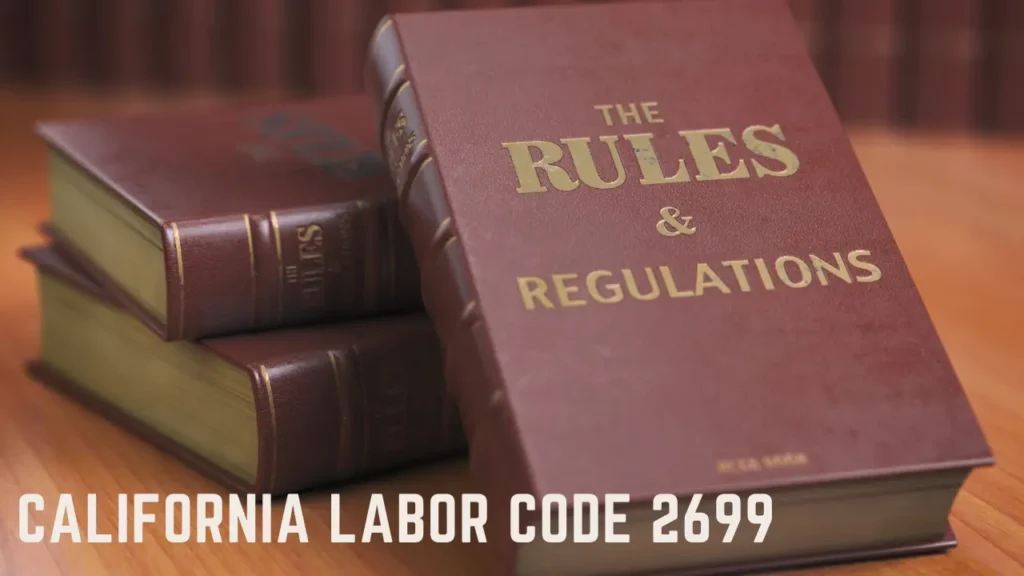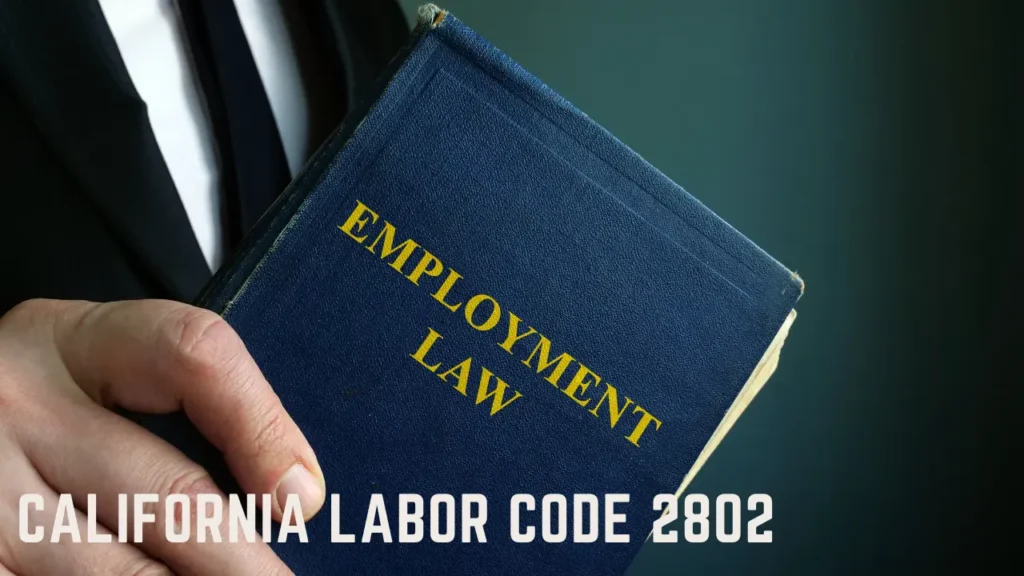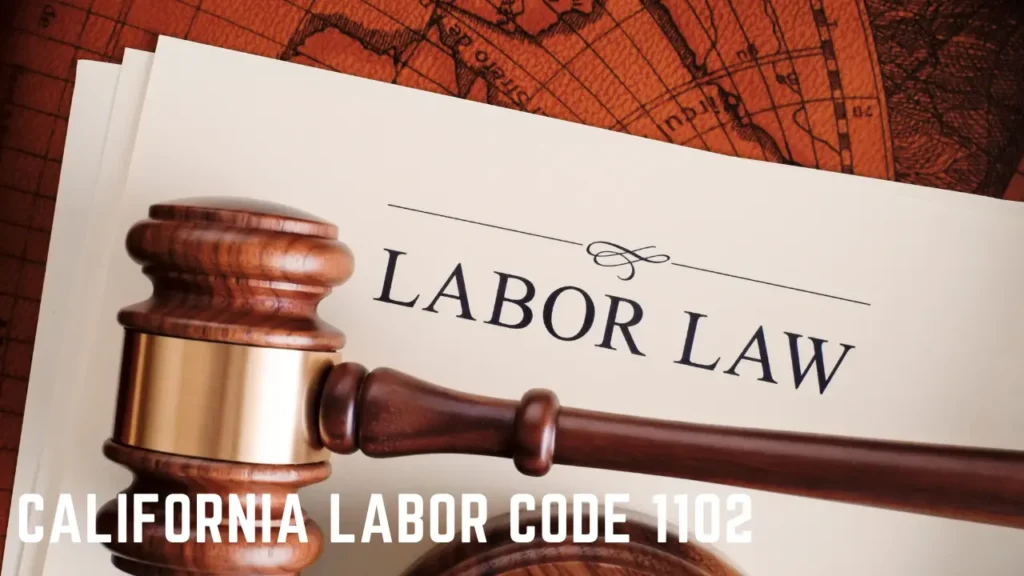Table of Contents
ToggleOne of the very frequent questions a medical malpractice potential client may ask is whether they have a good case. It’s often a very difficult question to answer. Medical malpractice is an area of law very different than other personal injury cases like car accident cases. For example in a car accident case you might be stopped at a red light and someone just hits into you. The liability is clear, your neck flips back, and you start you’re starting to feel the neck and back pain. The injuries clearly were caused by the accident. That is not the case in medical malpractice.
The Hurdles of Medical Malpractice
In medical malpractice, we have many hurdles that plaintiffs have to overcome in order to prove a case. This is why many attorneys do not take on medical malpractice cases. Besides the hurdles that you have to overcome, the experts are very expensive, and in California there’s a cap on pain and suffering it’s a it’s called Medical Injury Compensation Reform Act (MICRA) and it’s a law that was passed in the 70s that limits pain and suffering damages in medical malpractice cases to $250,000. So whether you have a laceration, or a doctor leaves a blade inside of you, or a loved one dies as a result of medical negligence, the law in California has very draconian limits pain and suffering at $250,000.
Proving Medical Malpractice
What do you need to do in order to prove medical malpractice? How do medical malpractice attorneys evaluate whether your case is a good one? How do you know whether you should pursue a “good case”? So the first issue is the “standard of care.”
The standard of care is the standard at which care should be provided. Let’s say there are risks to the procedure, like surgery (obviously there are risks). If you go in for a surgery, there’s risk to the surgery. Things can go wrong during a surgery. But it doesn’t necessarily mean that it was below the standard of care. So even though you were injured as a result of a doctor performing a surgery where you had some kind of subsequent injury, it doesn’t necessarily mean that it’s medical malpractice. You would want to show that what the doctor or surgeon or other medical provider did was below the standard of care, which means you may need an expert to testify.
Finding an Expert
In our previous example, the plaintiff’s attorney will likely need to find another surgeon that can testify as to that surgeons standard of care. One of the problems with this is that many experts, especially the more narrow of a specialty you get, the experts don’t want to testify against other experts. They see each other at conventions conferences, they went to school together, refer to each other, etc. It’s a very small world. It can be very difficult. Another issue is that in order to review the case to see whether it’s below the standard of care, you might need to pay this expert to review the medical records and talk to relevant people about you know the the facts of the case. So that may cost thousands of dollars just to see whether there is any negligence in the first place. So this coupled with the limitation of MICRA pain and suffering at $250,000 these are just some of the hurdles when evaluating a medical malpractice case.
A Good Case Worth Pursuing
A lot of the times, people have good cases, meaning there is negligence, but is it worth pursuing? For example, a person goes in for a surgery but then they wake up and they have a mild injury to the arm and it’s because the doctor or whatever expert that was in there left the arm during surgery at a certain location that caused this pain. However the pain only lasted for six weeks, this was excruciating pain for six weeks, but only six week. So is a person going to pursue that in a medical malpractice case? Well they’ll have to pay for experts (thousands) and their pain and suffering damages are already limited at the $250,000 cap. They’re not going to have any future pain and suffering. They’re not they’re not going to have any future treatments. Would they be willing to spend thousands, if not tens of thousands of dollars pursuing the case for an injury that lasted for six weeks? The duration of the injury is a big factor in evaluating the cases. Also whether future treatments are necessary. If the pain is short lived and there are no future treatments, or perhaps heavy lost wages, then it may not be worth pursuing. Obviously, talk to a competent medical malpractice lawyer to evaluate the case.














